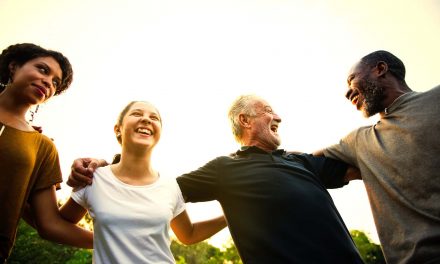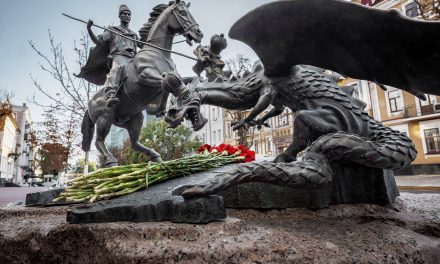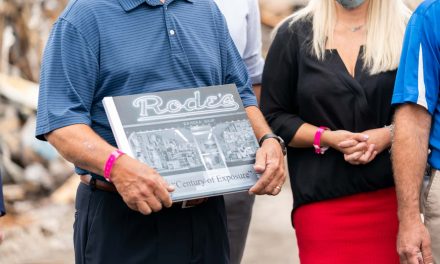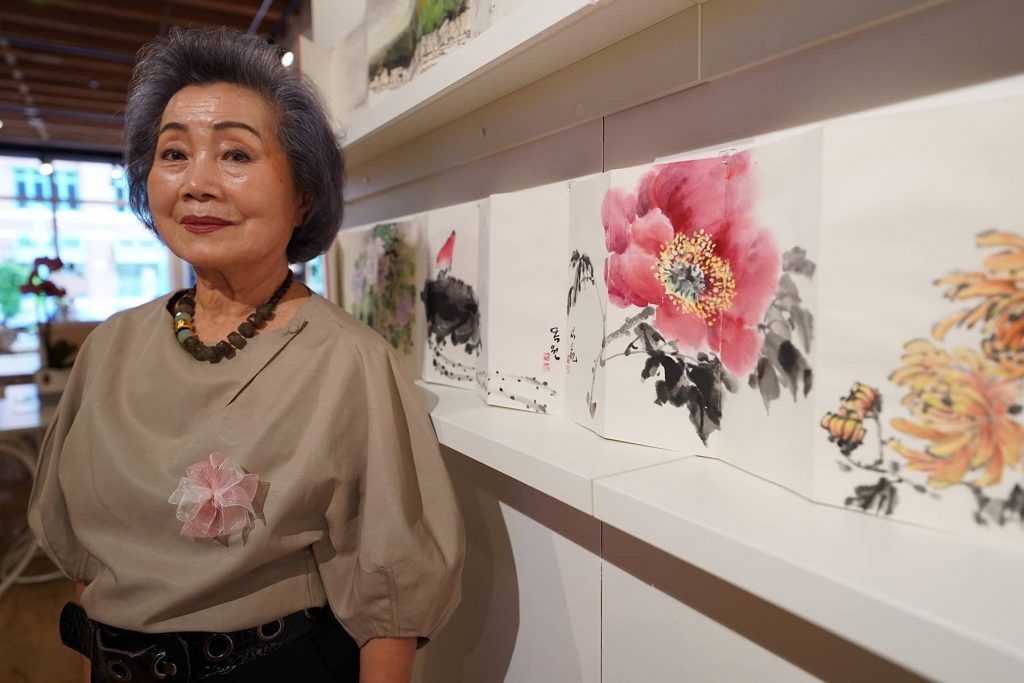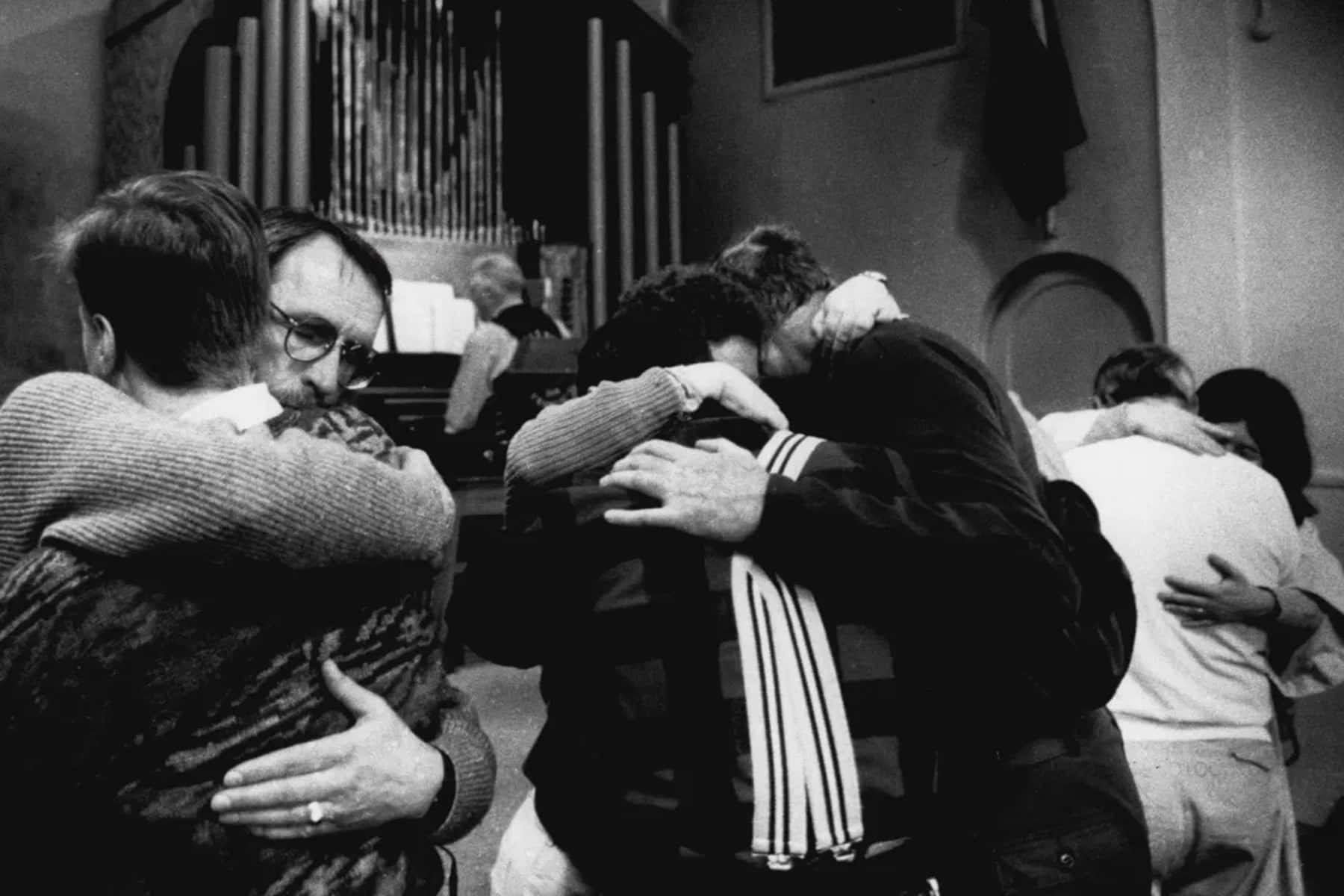
Forty years ago the CDC reported the first cases of what would come to be known as AIDS among five previously healthy gay men. I was a teenager at that time, coming to grips with my sexual orientation.
When I moved to San Francisco as a 23-year-old gay man, AIDS was a full-blown epidemic. With no treatment, vaccine, or cure in sight, the awakening of my sexuality came with a death sentence. While sex, sexuality, illness, death, and dying are not typical topics of conversation among young people, it was all my friends and I talked about. It wasn’t the easiest time to be young and gay—but it was the only reality we knew.
We lived with deep and paralyzing fear, unsure of the terms of engagement. Was kissing OK? How about touching? Or simply being in the same room with an infected person? HIV/AIDS became my vocation and advocation. By day, I directed an AIDS clinic. After work, I facilitated support groups, delivered meals and meds to friends and clients, provided outreach at bathhouses and sex clubs, and took to the streets in protest. As my friends back home were getting married and starting families, I was attending two, three, even four celebrations of life each weekend for loved ones who’d made their transition.
Despite all of the grief and loss, I remember those times as some of the most joyful of my life because every day mattered. We knew that every hug, every smile, every touch, every protest mattered. Pride Celebrations were not just limited to one weekend/year. For us, it was a daily occurrence as we shepherded our friends across the rainbow. As survivors, we committed to laugh, sing, dance, work, and love with a ferocity to redeem all of the lives that had been cut short.
Then, in 1995, a combination of antiretroviral therapies entered the scene, rendering AIDS from a death sentence to a manageable disease. Like the advent of the COVID-19 vaccines, we took a collective sigh of relief, and began to re-imagine a new way of being. That same year, I adopted my first child, Rafael, whose name means “God Heals.”
Fast forward to 2020, and I was face-to-face with the second pandemic of my life. Rafael, now 25, was working at Harborview Medical Center in Seattle, which, at that time, was the epicenter of COVID-19 in the United States. After a particularly tough day, he called me in tears, wondering how he can possibly carry on. Given what I had lived through, what guidance could I give him? Recalling the line in Victoria Safford’s poem, “The Gates of Hope.”
The piece of ground from which you see the world, both as it is and as it could be. As it will be. The place from which you glimpse not only struggle, but joy in the struggle.
I encouraged Rafa to find those moments of joy in the struggle to sustain him through the day. They may be few and far between, but those moments will appear if he pays attention. I told him about the time when my late partner Gerard mustered up the energy to go for a walk, stopping along the way to pick wisteria blossoms for me.
Or the time my best friend Scott danced one more hula in his living room before we went to the hospital for the last time. Or when Tom, my dear friend from church choir, and I sang his favorite hymns during his final days at Coming Home Hospice. Those moments provide as much comfort and joy to me today as they did 30 years ago. That’s the thing about joy—it is always accessible.
Finding joy in the struggle requires us to look, hear, feel, and receive deeply—to notice those blue-sky moments that are hidden among the clouds. To hold onto them, and let them be a salve of comfort and respite as we struggle to fill the void left by the loss of loved ones, of work, school, our connections with family and friends, our daily routines, our communities, and even life as we once knew it.
It also requires us to be sources of comfort and joy for each other. That is why I commit to a daily practice of spreading joy by posting photos of silly selfies, sunsets, or local street art on social media every day. That is why I text my friends silly riddles. Rafa adopted this practice by spreading joy through TikTok, and surprising me last weekend by coming from Seattle to see me for Father’s Day.
Embracing joy in the struggle as part of our everyday lives can expand our ability to heal ourselves and our communities, be more kind, empathetic, loving, and genuinely human. As we navigate through these times, what can you do to find some blue sky — or be some blue sky — every day?
If these small gestures provide just a moment of respite in our day, we can glimpse not only struggle, but joy in the struggle. That will be a step in redeeming all that has been lost. That will be the true spirit of Pride.
Kevin Kahakula’akea John Fong
Brеndаn Rеаd
Originally published by YES! Magazine as Finding Joy in the Struggle

